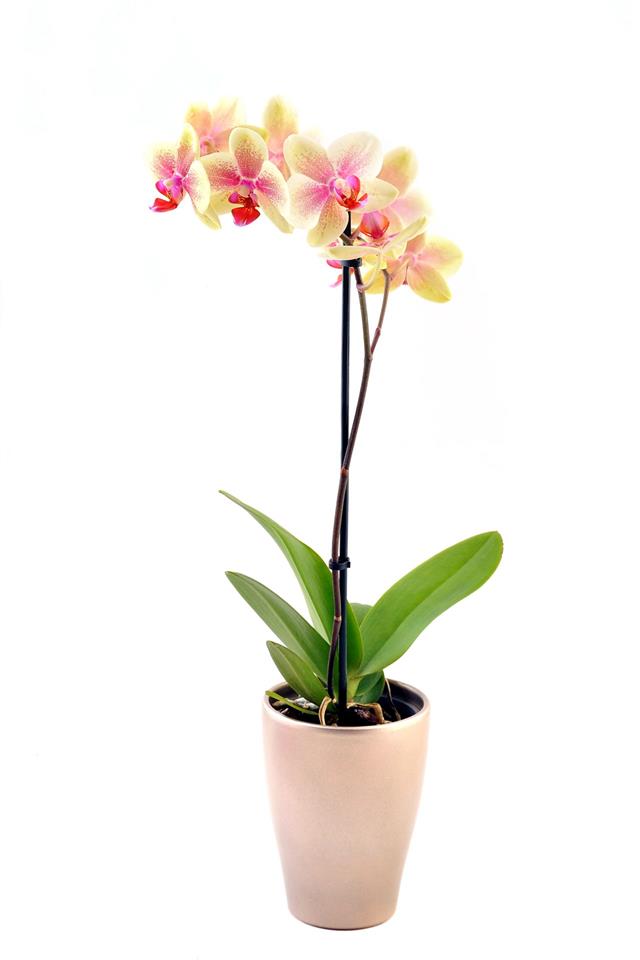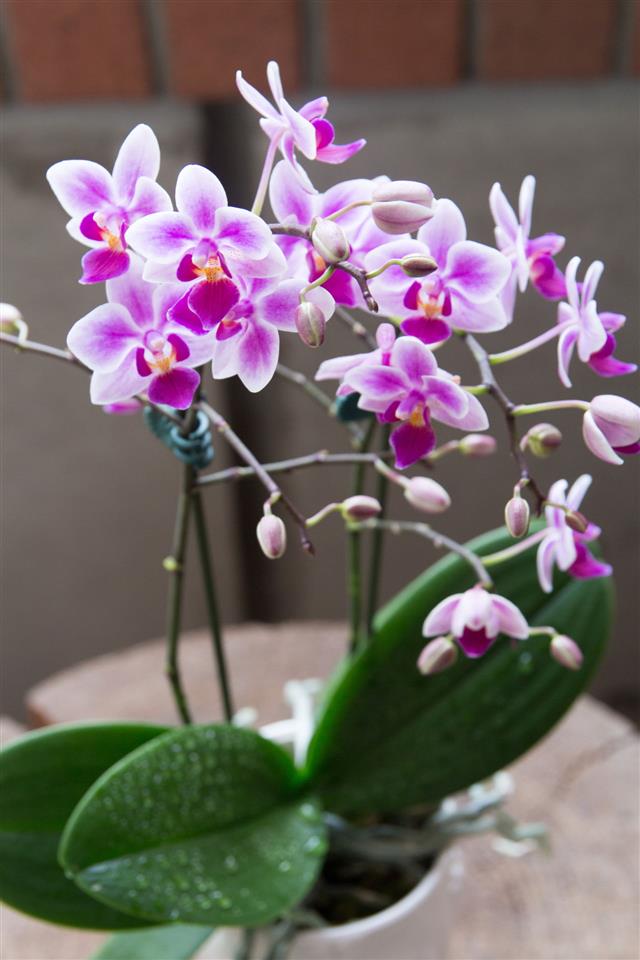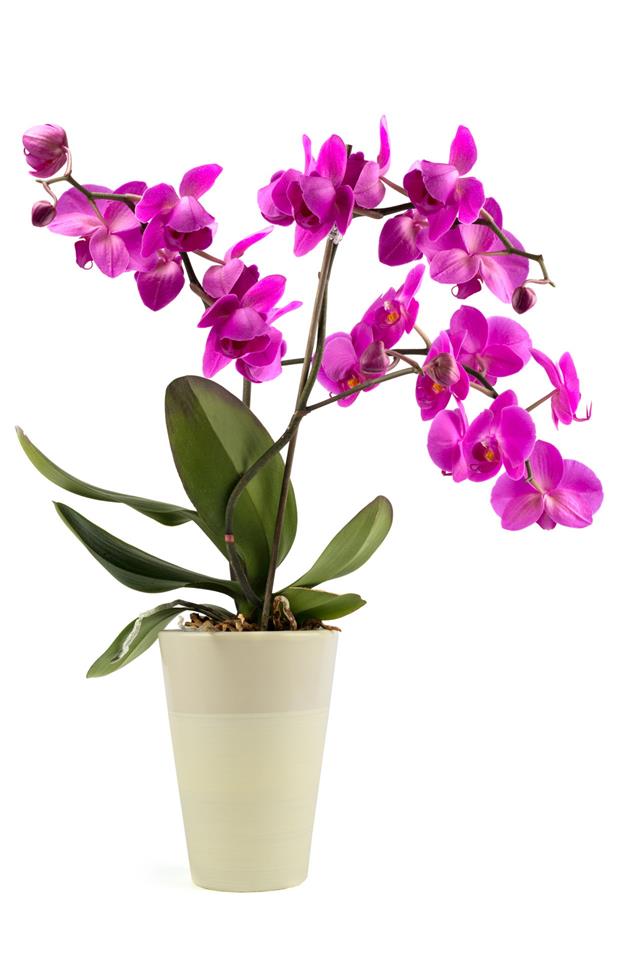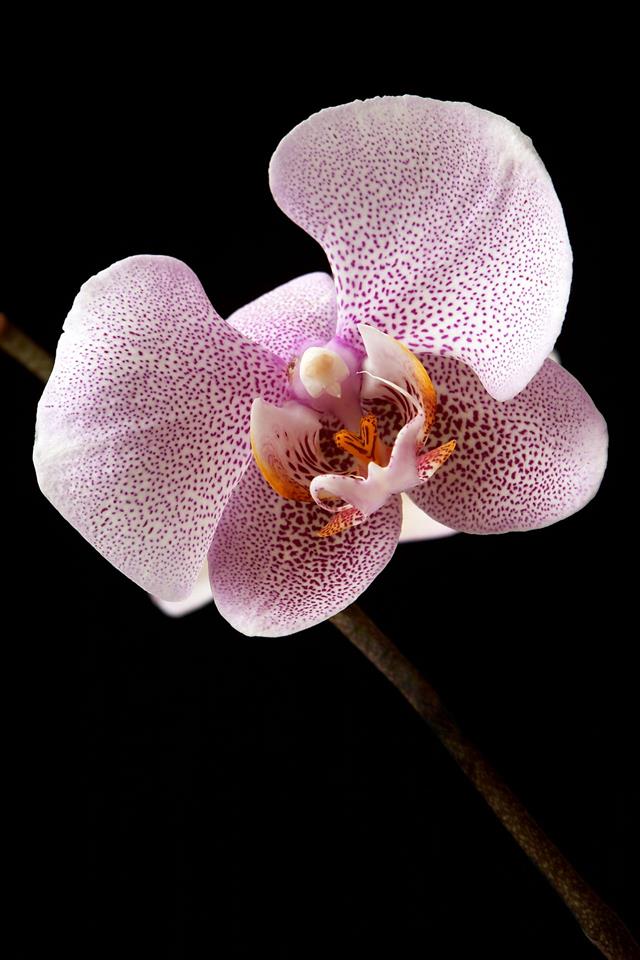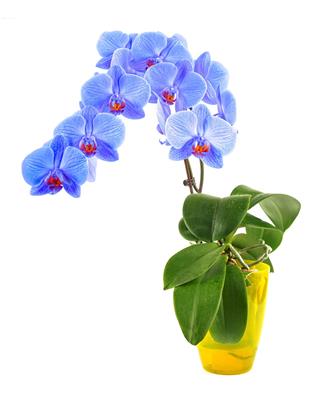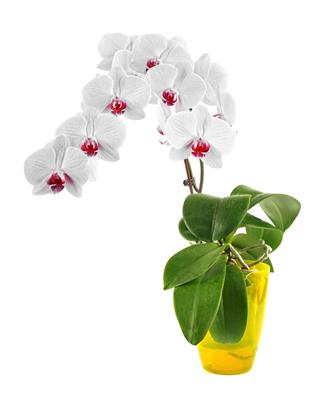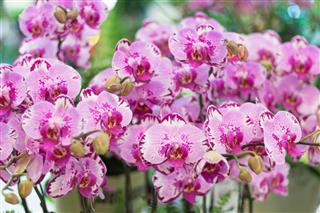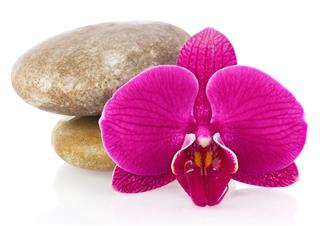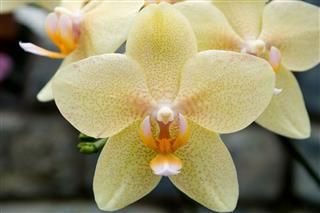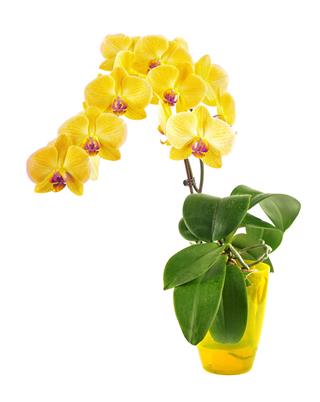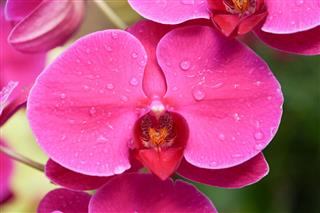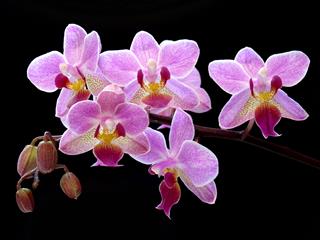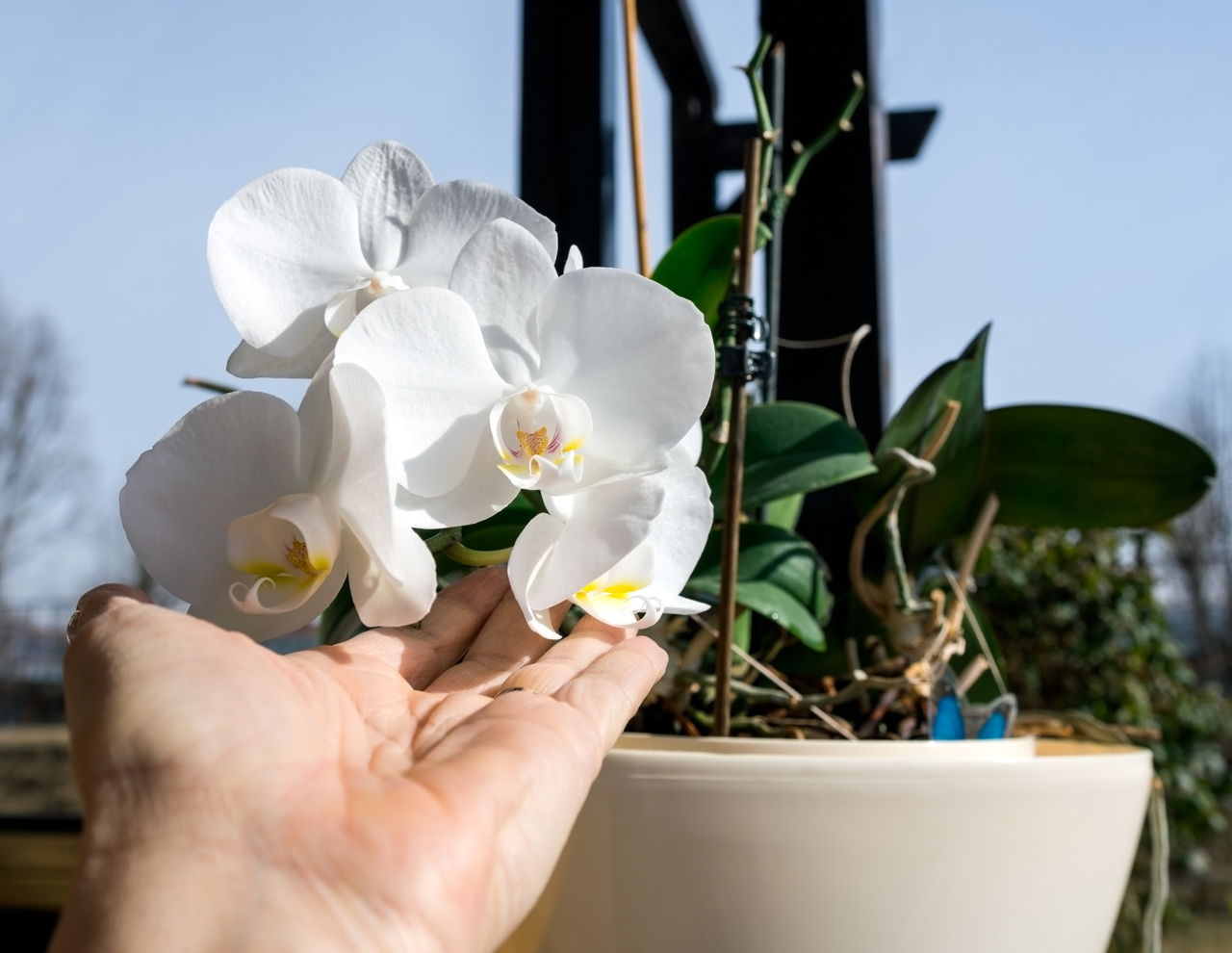
Much of the Phalaenopsis orchid maintenance is concentrated on providing filtered light, high humidity, warm temperature and moderate watering. Under favorable growth conditions, this beautiful flower blooms for three long months. Read on for tips on care and maintenance of the same.
Phalaenopsis is one of the most demanding orchids in the world of flowers. A genus comprising more than 50 species, it forms the base for development of various hybrid cultivars, and is indigenous to Southeast Asia, where they are found at elevated altitudes. The ease in growing and inducing these flowers make them a preferred choice for hobbyists. In short, their care requires less effort as compared to other orchids.
In their natural habitat, most species of this orchid are found growing as epiphytes under the canopy of large trees, while a few of them get adapted to rocky surfaces. Their care instructions are focused on providing optimal growth conditions that mimic their original habitat. Refer to the guidelines given below for maintaining a healthy growth and the timely flowering of these orchids.
Since the demand for this orchid is very high, commercial production of the same has become a business in recent years. At plant supply centers, the Phalaenopsis is sold as a container plant. Check for disease and pest tolerant varieties. You can purchase healthy plants having bright green leaves and a strong root system.
This plant prefers to grow in a partial shade to a full shade condition, just like its natural habitat. Hence, exposure to low light intensity or filtered light (12,000-20,000 Lux) is optimal for this flowering plant variety. Avoid exposing the orchid to full sunlight, or else, the plants will develop yellow spots (sun scalding) on the leaves.
High humidity, at least 60-70 percent, is a must for the healthy growth of the Phalaenopsis orchid. In case of low humidity levels, take some marbles or decorative stones in a shallow tray. Pour water in the tray and place the potted orchid in it, over the marbles. Doing so will help in increasing the humidity, while preventing absorption of water by the potting media.
Coming to temperature range, a warm condition (25-35 degrees C) is ideal for maintenance. For maintaining air movement inside the room, you can put on the ceiling fan on a low-speed for a few hours every day.
Correct watering is the most crucial care tip for novice gardeners. Irrigate the potted orchids deeply with tap water. Wait till the top soil layer dries out for the next irrigation. Excess watering will cause rotting of the roots, which can be identified from a yellowish coloration of the foliage.
An all-purpose liquid fertilizer can be applied once in every two weeks. Make sure that the concentration is not high. If it is so, it will cause burning effects to the roots and later, to the upper parts. Also, consider watering the orchid plant after fertilization.
The pruning is best done after the blooming period is over. The flowering time lasts for about 3 months. As the flower stalk starts withering, cut it off at the base with the help of a sharp scissor, without injuring the remaining parts of the plant. This will help conserve nutrients for the next blooming period.
Changing the pot is expected if the orchid spreads profusely in the container and you think that there is an outgrowth of roots. Repotting of these orchids can be done during the cold winter months. Dig the soil away from the stem and uproot it gently. Trim the roots, and if required, separate the plants and grow them in suitable sized pots.
So, isn’t the care and maintenance easy? Under the condition that the basic care and maintenance tips are followed, it will bear beautiful blooms under artificial growing conditions. Plus, you will get to enjoy its beautiful flowers for as long as three months.
